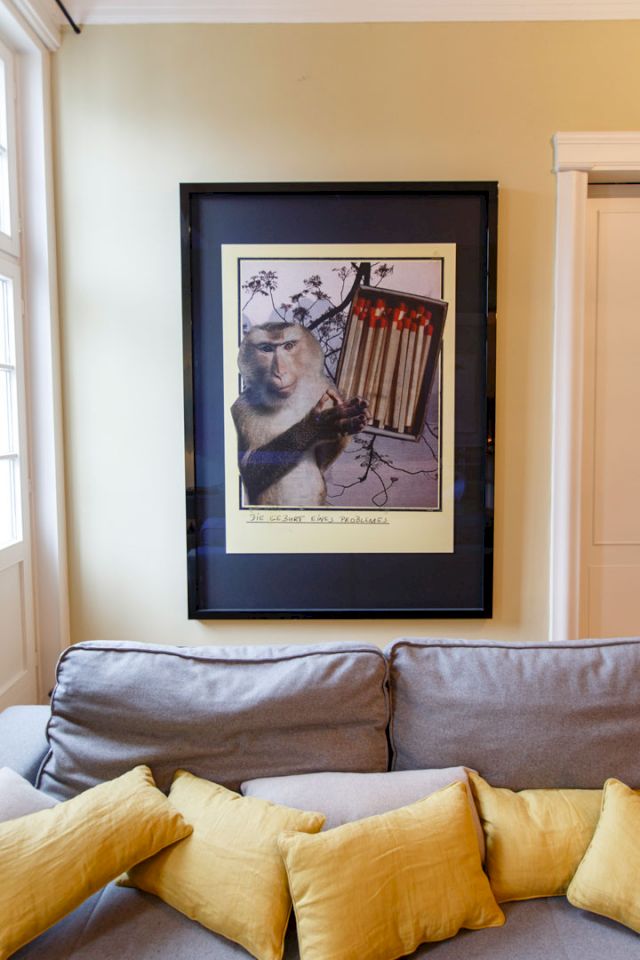BMW Art Guide by Independent Collectors
Andrea von Goetz
Sammlung Blankenburg – Hamburg, Germany

What was the first piece of artwork you purchased and when was this?
The first piece I got as a gift from my husband. For weeks I went past a small gallery, which at the time was showing an exhibition of the German artist Hannah Nitsch. I was deeply impressed by her work, in terms of both content and artistic accomplishment. Back then, my children were small and the artist’s large paintings of children had such a presence and such vulnerability that they touched my heart.
Does your collection follow a concept or a specific theme?
The concept is a very personal one, in the same way that the theme of childhood in the collection began. Basically all the works in our collection mirror topics that are part of our lives and reflect our everyday doings. All the themes are also concerned with the questions of society in general. I studied sociology, so this interest of mine is often reflected in the purchased works. Over the years the works got more abstract. Classic painting took the back seat and political and conceptual works came more into the foreground.


Why do you collect?
For me the works are like antennas, which depending on what state of mind I am in, are communicating with my soul; sometimes even with hidden sides. In my opinion this is what distinguishes good art – it opens a second or third level in us. Art has a depth that is not immediately obvious. Collecting art is a form of continuing to live even after death.
Who are the artists you are currently following?
On the one hand young artists such as Alsan Gaysumov, a magnificent artist from Chechnya or Noa Yekutieli from Tel Aviv. Both their works deal with aspects of war, deportation and destruction, all based on their own experiences. I also find the stars of the 80's fascinating, such as Walter Dahn, Franz Erhard Walther and also Curt Stenvert who, in my eyes, is totally underrated.


Do you have a personal relationship with the artists you collect?
Yes, I have befriended many artists whose work we collect and I am very close with some of them. This also applies to my family because I think it's important that my children meet different people and interact with them and their work.
When the children were young this was more on a playful level in the artist´s studios, and now they encounter their work on a more intellectual and discerning level.
Why did you decide to make your collection publicly accessible?
I think it is exciting to meet people who are interested in one’s own collection. The exchange is important and I also wanted to show that art doesn’t just need to be presented in a museum environment, but can also be part of everyday life. In the kitchen, in the nursery. Anywhere.
Which publicly accessible private collection would you recommend visiting?
The collection of Dr. Thomas Rusche in Berlin and Oelde. He displays a wide variety of old masters and young artists in his exhibitions.